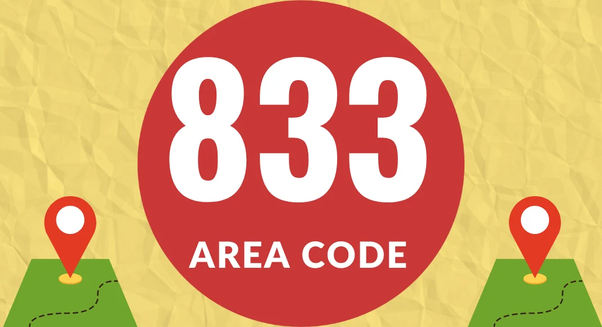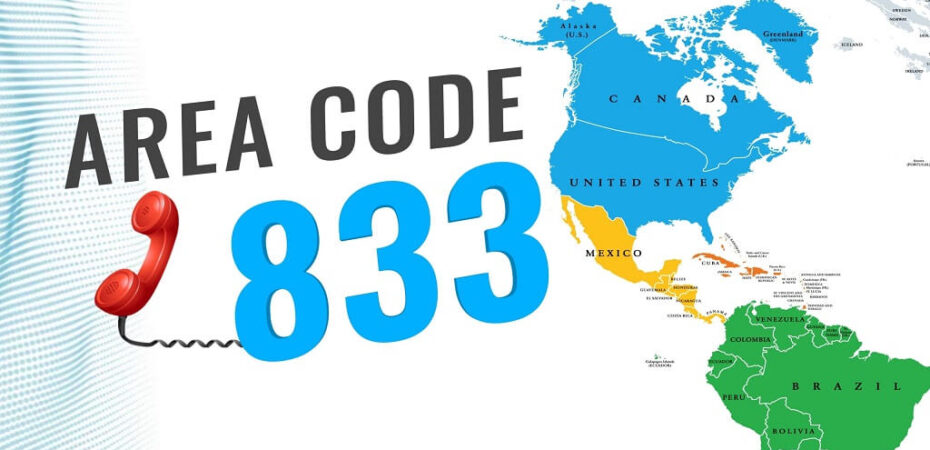In a world dominated by technology, phone scams have become a prevalent concern for individuals across the globe. One such scheme that has gained notoriety is the 833 area code scam. This article delves into the depths of this deceptive practice, offering insights on how to shield yourself from falling victim to these phone scams.
Understanding the 833 Area Code Scam

Unveiling the Basics
To comprehend the intricacies of the 833 area code scam, one must first grasp the fundamentals. The 833 area code, introduced in 2017, is a toll-free code, making it appealing for scammers seeking anonymity. Exploiting this, fraudsters engage in deceptive practices to trick unsuspecting individuals into divulging sensitive information.
The Modus Operandi
Scammers utilizing the 833 area code employ various tactics, such as posing as legitimate entities, including government agencies, financial institutions, or even tech support services. They initiate contact via phone calls or text messages, creating a façade of urgency to prompt immediate response from their targets.
Prevalent Scenarios
Whether it’s claiming overdue taxes, threatening legal action, or offering fake prizes, the scenarios employed by scammers are diverse. The common thread is the urgency they instill, pressuring individuals to act hastily without due diligence.
Identifying Red Flags
Anomalies in Communication
Recognizing the signs of a potential scam is crucial. Inauthentic communication often contains grammatical errors, unusual tone shifts, or robotic language. Genuine entities maintain a professional demeanor, whereas scammers may falter in replicating this authenticity.
Request for Sensitive Information
Legitimate organizations seldom request sensitive information over the phone. Be wary of any calls or messages urging you to disclose personal details, passwords, or financial information. This is a glaring red flag indicative of a potential scam.
Caller ID Spoofing
Scammers often employ caller ID spoofing to manipulate the displayed number, making it appear genuine or local. Scrutinizing incoming calls and verifying the legitimacy of the caller is essential in thwarting these deceptive practices.
Protecting Yourself Against the 833 Area Code Scam
Verify Caller Identity
When in doubt, verify the identity of the caller by independently contacting the purported organization using official contact details. Avoid using contact information provided during the suspicious call or message.
Install Call Blocking Apps
Take proactive measures by installing call blocking apps on your smartphone. These applications can identify and filter potential scam calls, providing an additional layer of protection against the 833 area code scam.
Educate Yourself and Others
Knowledge is a powerful tool in the fight against scams. Stay informed about prevalent scams, share information with friends and family, and collectively contribute to creating a more vigilant community.
Report Suspicious Activity
Be proactive in reporting any suspicious calls or messages to relevant authorities. This not only protects you but also contributes to the larger effort of dismantling scam operations.
Frequently Asked Questions (FAQs)
Q1: What is the 833 area code, and why is it targeted by scammers?
A1: The 833 area code is a toll-free code introduced in 2017, providing scammers with anonymity. Its appeal lies in its perceived legitimacy, making it a common choice for fraudulent activities.
Q2: How do scammers typically initiate contact in the 833 area code scam?
A2: Scammers often pose as legitimate entities, making phone calls or sending text messages. They create a sense of urgency, pressuring individuals to respond hastily.
Q3: What are common scenarios used by scammers in the 833 area code scam?
A3: Scammers employ diverse scenarios, including claiming overdue taxes, threatening legal action, or offering fake prizes. The common thread is the urgency they instill.
Q4: How can I identify potential scams in communication?
A4: Look for anomalies such as grammatical errors, unusual tone shifts, or robotic language. Genuine entities maintain professionalism, while scammers may struggle to replicate authenticity.
Q5: Why is caller ID spoofing a red flag in the 833 area code scam?
A5: Caller ID spoofing manipulates the displayed number to appear genuine or local. Scrutinizing calls and verifying the caller’s legitimacy helps thwart this deceptive practice.
Conclusion
In the digital age, where communication is predominantly facilitated through technology, the 833 area code scam poses a significant threat to individuals. By understanding the modus operandi of scammers, identifying red flags, and adopting protective measures, you can fortify yourself against falling prey to these deceptive practices. Vigilance, education, and proactive reporting are key components in the collective effort to eradicate phone scams and create a safer digital landscape. Stay informed, stay vigilant, and protect yourself from the perils of the 833 area code scam.
Read Also

